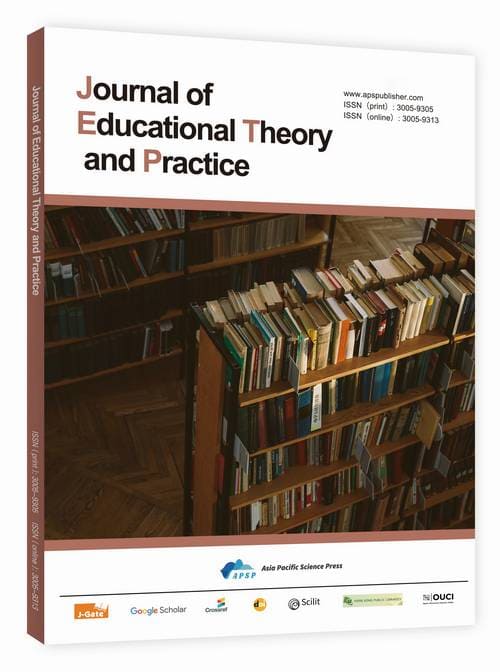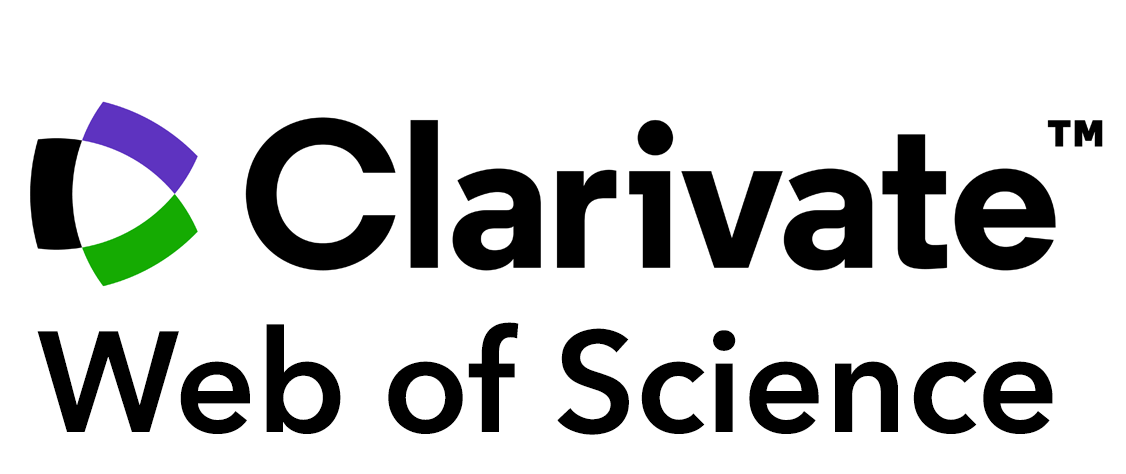Exploration and Practice of Narrative Medical Education Localization from a Dual-Track Integration Perspective
—A Scoping Review of Domestic and International Teaching Practices
DOI:
https://doi.org/10.62177/jetp.v2i3.582Keywords:
Narrative Medicine, Narrative Medicine Education, Empathy, Parallel Medical Records, Cross-Cultural ComparisonAbstract
Narrative medicine education, as a vehicle for medical humanities practice, cultivates narrative competence, empathy, and reflective abilities in medical students, playing a pivotal role in improving doctor-patient relationships and healthcare quality. Through a scoping review of 250 studies (2011-2025), we systematically compared and analyzed teaching models, practical pathways, and localization characteristics. Globally, a standardized curriculum centers on close reading, reflective writing, and scenario simulation. In China, integration with traditional Chinese medicine (TCM) case studies and the Red Medical Spirit (a medical humanistic spirit centered on the people and selfless dedication, formed during China's revolutionary medical practices) has forged dual tracks of community practice and ideological development. However, challenges persist, including faculty shortages and unidimensional assessment. Future efforts must enhance interdisciplinary integration, refine local theoretical frameworks, and translate educational innovation into clinical practice to advance patient-centered care ecosystems.
Downloads
References
Duan, Z., Shi, Y., Wang, C., et al. (2025). Issues and challenges facing medical humanities education in the context of building a healthy China. Zhejiang Medical Education, 24(1), 1-9. https://doi.org/10.20019/j.cnki.1672-0024.2025.01.001.09. (in Chinese)
Yang, X. (2023). Consensus on the construction of a narrative medicine system in China. Chinese Medical Ethics, 36(11), 1177-1179. (in Chinese)
Liu, Y., Ouyang, F., Li, Z., et al. (2024). Reflections on integrating narrative medicine into general practice teaching rounds. Science, Education, and Culture, (16), 129-133. https://doi.org/10.16871/j.cnki.kjwh.2024.16.029. (in Chinese)
Yang, L., Li, X., Yan, H., et al. (2018). The impact of narrative medicine education on empathy skills and academic performance among clinical medicine students: A randomized controlled trial. Chinese Journal of Clinical Psychology, 26(3), 557-560+556. https://doi.org/10.16128/j.cnki.1005-3611.2018.03.029. (in Chinese)
Han, Q. (2011). Try narrative medicine to adjust doctor-patient relationships. Peking University Health Science Center News Network. (in Chinese)
Wang, X., Yang, T., Xie, J., et al. (2025). Exploring the application of large language models in traditional Chinese medicine diagnostic and therapeutic scenarios. Traditional Chinese Medicine Information, 42(6), 12-17. https://doi.org/10.19656/j.cnki.1002-2406.20250603. (in Chinese)
Berman, G. (2015). Good teaching is good teaching: A narrative review for effective medical educators. Academic Medicine, 90(12), 1678-1684.
Charon, R. (2008). Narrative medicine: Honoring the stories of illness. Oxford University Press.
Liao, Y., et al. (2024). The application effectiveness of traditional Chinese medicine case teaching in narrative medicine. Journal of Shanghai University of Traditional Chinese Medicine, 38(1), 23-28. (in Chinese)
Liu, L., Lan, Y. (2016). A comparative analysis of the application of narrative medicine in medical education at home and abroad and its implications. Chinese Journal of Medical Ethics, 29(4), 621-624. (in Chinese)
Luo, J., Yang, J., He, P., et al. (2022). Exploring pathways for cultivating narrative skills among medical students in the context of new medical education. Science Consultation, (23), 175-177. (in Chinese)
Hu, Y., Zhou, Y., Shi, J., et al. (2024). The application of narrative medicine teaching methods in the cultivation of traditional Chinese medicine talent. Medical Education Research and Practice, 32(5), 577-581. https://doi.org/10.13555/j.cnki.c.m.e.2024.05.009. (in Chinese)
Branch Jr, W. T., Frankel, R. M., Hafler, J. P., Weil, A. B., Gilligan, M. C., Litzelman, D. K., ... & Derse, A. R. (2017). A multi-institutional longitudinal faculty development program in humanism supports the professional development of faculty teachers. Academic Medicine, 92(12), 1680-1686.
Green, M., Bilandzic, H., Fitzgerald, K., et al. (2019). Narrative effects. In Media effects (pp. 130-145). Routledge.
Milota, M. M., van Thiel, G. J. M. W., van Delden, J. J. M. (2019). Narrative medicine as a medical education tool: A systematic review. Medical Teacher, 41(7), 802-810.
Rivlin, K., Westhoff, C. L. (2019). Navigating uncertainty: Narrative medicine in pregnancy options counseling education. Patient Education and Counseling, 102(3), 536-541.
Tsevat, R. K., Young, P., Zhang, E., et al. (2024). Implementation and evaluation of a pilot narrative medicine curriculum for internal medicine residents. Cureus, 16(2).
Gao, J., Xiang, Y., Jin, W., et al. (2018). The application and prospects of narrative medicine in medical humanities education practice. In Proceedings of the 2018 Jiangsu-Zhejiang-Shanghai Medical Education Annual Conference (p. 16). Shanghai Health University. https://doi.org/10.26914/c.cnkihy.2018.030743. (in Chinese)
Yang, P., Yin, X., Ma, L., et al. (2022). Application of narrative medicine in neonatal medical humanities education. Chinese Journal of Continuing Medical Education, 14(3), 168-171. (in Chinese)
Cheng, C., Li, Z., Yang, Z., et al. (2024). Exploring pathways for ideological and political education in medical schools based on narrative medicine. Health Vocational Education, 42(9), 26-28. https://doi.org/10.20037/j.issn.1671-1246.2024.09.08. (in Chinese)
Sternszus, R., Steinert, Y., Bhanji, F., et al. (2018). Evaluating a novel resident role‐modelling programme. The Clinical Teacher, 15(3), 252-257.
Zhu, M., Xie, S. (2019). The development of narrative medical education and its implications for human anatomy. Journal of Anatomy, 42(2), 189-193. (in Chinese)
Burgess, A., Oates, K., Goulston, K. (2016). Role modelling in medical education: The importance of teaching skills. Clinical Teaching, 13(2), 134-137.
Passi, V., Johnson, N. (2016). The hidden process of positive doctor role modelling. Medical Teacher, 38(7), 700-707.
Lombarts, K. M., Heineman, M. J., Arah, O. A. (2010). Good clinical teachers likely to be specialist role models: Results from a multicenter cross-sectional survey. PLoS ONE, 5(12), e15202.
Blanco, M. A., Maderer, A., Price, L. L., et al. (2013). Efficiency is not enough; you have to prove that you care: Role modelling of compassionate care in an innovative resident-as-teacher initiative. Educational Health, 26(1), 60-65.
Wang, S., Guo, T., Sun, Y., et al. (2022). Research on the construction of medical humanistic spirit based on narrative medicine education. Chinese Medical Ethics, 35(7), 745-750. (in Chinese)
Zhang, Y. (2023). An initial exploration of the application of narrative medicine in English teaching in medical schools. Foreign Language Teaching and Research, 55(2), 8
Downloads
How to Cite
Issue
Section
License
Copyright (c) 2025 Lizheng Hu, Yixin Zhai, Qi Min, Qimeng Sun

This work is licensed under a Creative Commons Attribution-NonCommercial 4.0 International License.

















